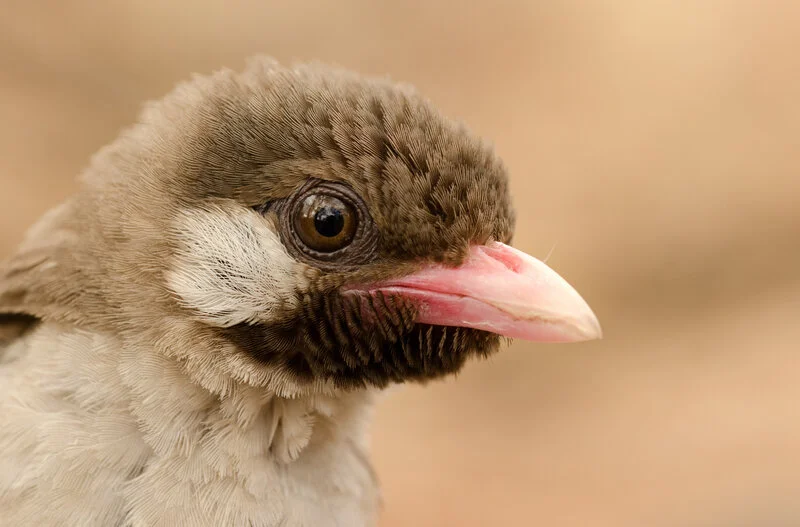Microbes in Space
- Aditi N
- Dec 27, 2022
- 2 min read
Microorganisms are fascinating creatures that can survive in the most severe and unlikely environments. Like many organisms, microbes can adapt to changes in their environment but can also grow in some not-so-ordinary places. Space is a vast vacuum of emptiness, so it begs the question: can anything survive up there?

It is interesting to think that Space can help bacteria and fungi grow, but it is possible! Theoretically, one would think that the sun’s radiation would kill any organism that is freely exposed, but in reality, the radiation can help the bacteria grow, multiply, and thrive. So, it shows that microbes can evolve to fit their vacuumed environment. Now, not all bacteria can survive in such harsh and “lifeless” conditions; extremophiles are a good example of bacteria that can endure even the most challenging conditions. Microbiologists proved their theories and formed more to find that bacteria do not need to be protected to survive in the vacuum of Space. For example, in 2015, the International Space Station wanted to test if microbes could survive ultraviolet, gamma, and x-rays. By setting up a box of exposed bacteria outside of the station–with no protection–scientists were able to find that the organisms had been able to survive for up to three years! In addition, in 2021, the International Space Station discovered some never-found-before organisms that can help plants grow–especially during long-term missions. However, some microbiomes, a community of microorganisms, such as the Actinobacterium, could plausibly put astronauts in danger. Actinobacteria, in smaller numbers, do not present many dangers, but when present in a microbiome, it is harmful. The bacteria, in high concentrations, can cause allergic alveolitis. Alveolitis is a condition that involves inflammation in the alveoli (small air sacs of the lungs responsible for breathing). When the ISS found Actinobacteria in the air filters and vacuum bags, they knew they would have to start cleaning the station deeply. Depending on the organism, it can either help astronauts as they further their research during lengthy missions or halt them by providing a hazardous environment.
There is still so much we don’t know about Space, but with the help of microorganisms, longer and human-guided space missions can become possible.














Comments